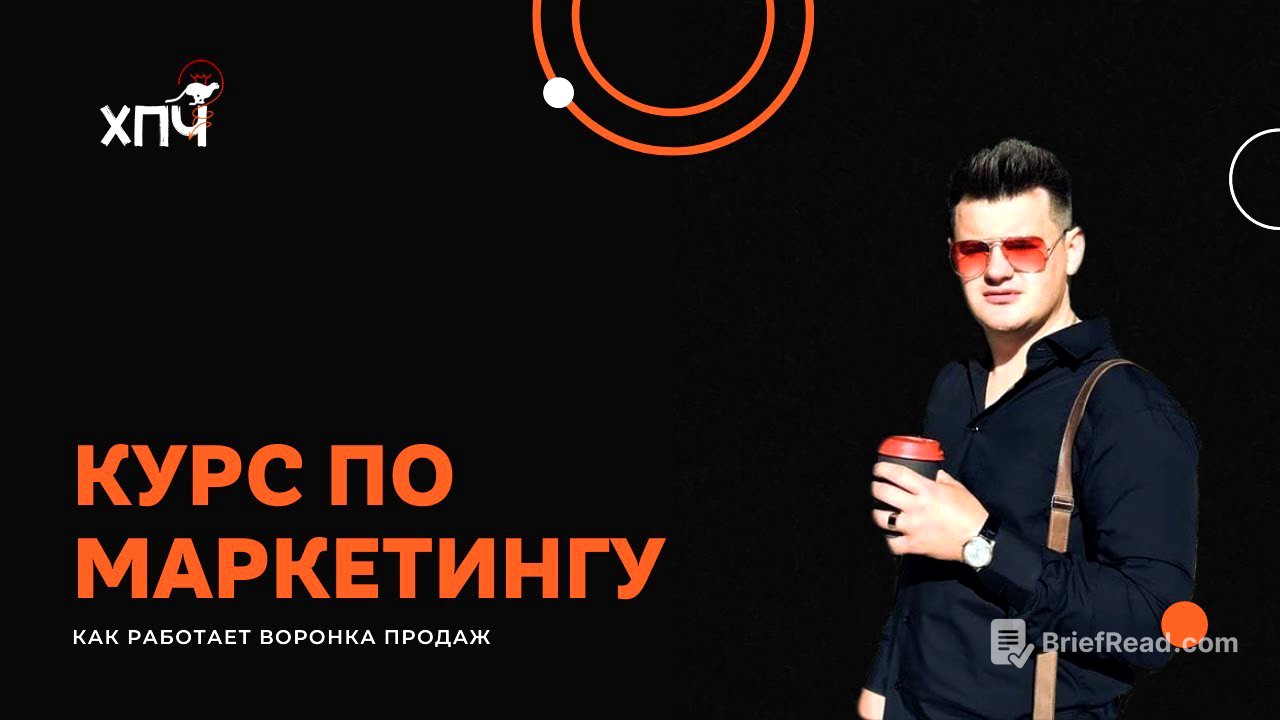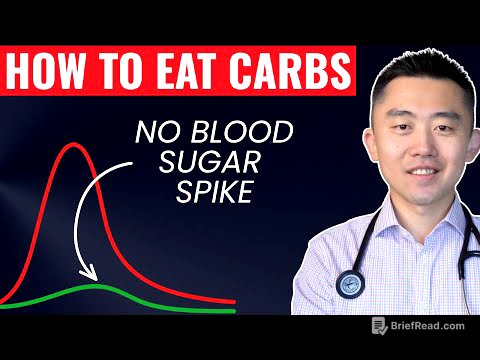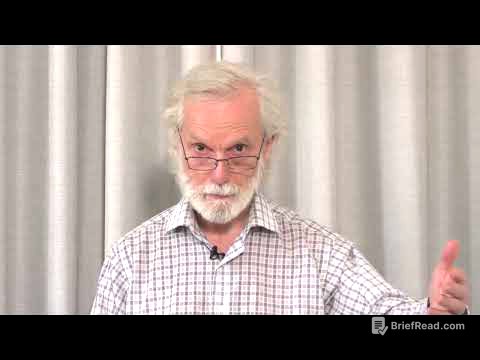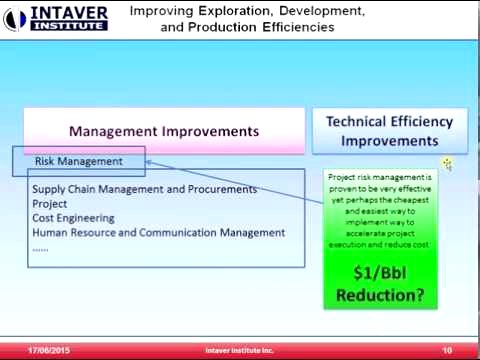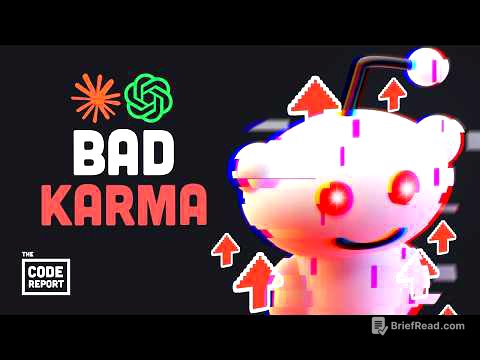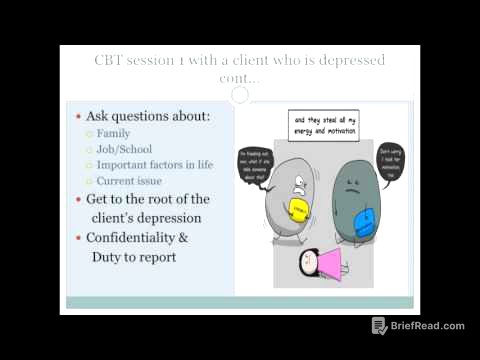TLDR;
This video provides a detailed explanation of the sales funnel, its key stages, and how to calculate conversion rates. It emphasizes the importance of understanding each stage of the funnel to identify bottlenecks and improve overall sales efficiency. The video also touches on methods for digitizing and analyzing both online and offline businesses, and introduces tools for calculating sales funnel decomposition.
- The sales funnel is a customer's journey from initial awareness to purchase and beyond.
- Key stages include awareness, interest, desire, and action.
- Conversion rates measure the effectiveness of each stage.
- Identifying bottlenecks helps focus improvement efforts.
- Digitization and analytics are crucial for understanding and optimizing the sales funnel.
Intro [0:00]
The video begins with a casual introduction, mentioning the absence of a regular participant and announcing that the upcoming lessons will be held offline at a co-working space. The speaker emphasizes that these offline sessions will cover sensitive topics related to complex marketing strategies and will not be recorded to maintain confidentiality.
Homework [2:08]
The speaker outlines the format for upcoming homework assignments, which will be in the form of tests via Google Docs. He stresses the importance of consistent effort on these assignments, particularly as they transition to online marketing topics such as setting up targeted advertising, audience segmentation, and demand research. The speaker also mentions the possibility of using advertising budgets for practical exercises, focusing on understanding advertising accounts, settings, and strategies.
Sales Framework and Funnel [5:13]
The main topic of the lesson is introduced: the sales framework, specifically the sales funnel. The speaker asks participants to share their understanding of what a sales funnel is, its components, and its key values. Participants describe it as a process of warming up clients and guiding them toward a purchase, with one participant noting that it represents the journey from potential to actual buyers.
Sales Funnel Definition and Stages [11:35]
The speaker defines the sales funnel as the customer's journey from initial attention to purchase and post-service engagement. He mentions that the concept was developed over 100 years ago by Elias Lewis, who identified four key stages: attention, interest, desire, and action. These stages form the basis of any sales funnel, though modern funnels may include more steps.
Examples of Sales Funnels [14:58]
The speaker provides examples of how a sales funnel works in practice. For instance, a person sees an online ad, clicks on it, visits the website, and then calls the company to inquire about the product, eventually making a purchase. He also illustrates an offline sales funnel, where a person sees a store sign, enters the store, tries on clothes, and then makes a purchase.
Applying the Sales Funnel [17:40]
Participants discuss how the four-stage sales funnel can be applied to their projects. One participant describes a scenario involving an online platform where a customer sees an ad, visits the site, and adds items to their basket. The speaker emphasizes that adding items to the basket is a critical step indicating desire, but the action is only complete when the order is placed.
Understanding Conversion [21:39]
The speaker underscores the importance of understanding figures at each stage of the sales funnel to identify bottlenecks and areas for improvement. He notes that marketing often involves calculating the sales funnel and determining where customers drop off. The goal is to address these weak points to increase profit.
Describing the Funnel [22:39]
The speaker emphasizes that the initial task for marketers is to describe the sales funnel and insert numbers to identify weak points. This understanding is crucial for determining how the business operates and where improvements can be made.
Offline Sales Funnel [23:44]
The discussion extends to offline sales funnels, using a store as an example. The speaker mentions visitor counters in some stores to track how many people enter and make purchases. A participant shares data from their store, noting the number of daily visitors and the conversion rate to sales.
Instagram Sales Funnel [26:19]
The speaker explores how a sales funnel might work on Instagram, from seeing a publication to calling or visiting the store. He also touches on the use of chatbots to automate interactions and guide potential customers through the funnel.
Acceptable Sales Funnel [35:37]
The speaker shares an example of an acceptable sales funnel for his services, which includes multiple steps from seeing an ad banner to receiving a new offer after service satisfaction. He highlights that while more steps can increase the likelihood of drop-offs, a detailed funnel allows for better understanding and higher conversion rates.
Conversion of the Sales Funnel [42:06]
The discussion shifts to calculating conversion rates within the sales funnel. Conversion is defined as the ratio from the first stage to the last, and also between each stage. The speaker provides a formula for calculating conversion: (number of clicks / number of impressions) * 100.
Calculating Conversion [45:29]
The speaker provides a formula for calculating conversion, explaining that it involves dividing the number of actions at one stage by the number of actions at the previous stage, then multiplying by 100. He illustrates this with examples, such as calculating the conversion from ad impressions to site visitors, and from site visitors to leads.
Decomposition Service [50:37]
The speaker introduces a service for sales funnel decomposition, which allows users to calculate how changes in conversion rates at different stages can impact net profit. This tool helps businesses understand which indicators they need to improve to increase overall profitability.
Reconnecting [53:44]
Due to technical issues, the speaker announces a need to reconnect the Zoom call.
Restaurant Conversion [54:58]
A participant asks about calculating conversion rates for a restaurant. The speaker explains that it can be challenging but suggests methods such as using entrance counters to track visitors and comparing that data to the number of purchases.
Analyzing Efficiency [59:00]
The speaker discusses how to analyze the efficiency of a sales funnel. For online businesses, it's relatively straightforward to digitize each stage. For offline businesses, he suggests using entrance counters or computer vision technology to track unique visitors, their age, and gender.
Internet Channel [1:04:50]
The speaker explores methods for understanding how much money each internet channel brings in. He introduces services like Lockart, which uses cashback cards to track which channels are driving the most customers and revenue.
Digitize Offline Business [1:08:39]
The speaker emphasizes the importance of digitizing offline businesses and introduces UDC Game, an application that allows for deeper analytics and more opportunities for loyalty programs.
Digitize Stages [1:10:12]
The first main step in working with the funnel is to digitize each of the stages, that is, our task is to start counting these numbers, which they understand how many people came, at what time they bought, and so on, after we have calculated all this, what we do is we count the effectiveness of transitions from each step to another, that is, measure conversions at all stages, after we have measured conversions, we begin to identify the reasons for refusing to move to the next stage.
Reasons for Refusing [1:10:40]
The speaker discusses identifying the reasons for customers refusing to move to the next stage of the funnel. This can involve gathering internal data from employees responsible for particular transitions and conducting sales training to address objections.
Hypotheses to Increase Efficiency [1:13:42]
The speaker emphasizes the importance of putting forward hypotheses to increase efficiency, even if the outcomes are uncertain. He notes that testing new hypotheses is crucial for improvement, even if some lead to deterioration.
Correction of Bottlenecks [1:15:18]
The speaker defines bottlenecks as the stages in the sales funnel with the lowest efficiency, where the most customers drop out. Identifying and addressing these bottlenecks is crucial for improving overall conversion rates.
Sales Funnel [1:19:52]
The speaker summarizes the key concepts of the sales funnel, emphasizing the need to measure, digitize, understand conversions, identify reasons for refusal, and put forward hypotheses to improve efficiency.
Post Sales Finish [1:20:45]
A participant asks why new strategies are not always embraced, particularly regarding post-sales efforts. The speaker explains that it often stems from a lack of digitalization and a responsible person overseeing the entire sales funnel.
Direct Sources of Profit [1:22:44]
The speaker distinguishes between direct and formative marketing, noting that while direct marketing aims at attracting clients and sales, formative marketing focuses on image building. He uses the example of Instagram to illustrate how social networks can play a crucial role in communication and guest engagement, even if direct profit attribution is challenging.
Homework [1:25:25]
The video concludes with the speaker assigning homework: to write a sales funnel based on their business and to identify the stages of the sales funnel.
